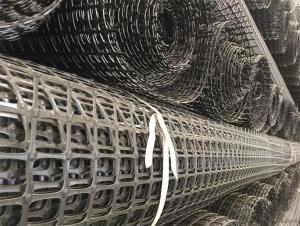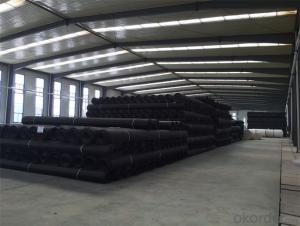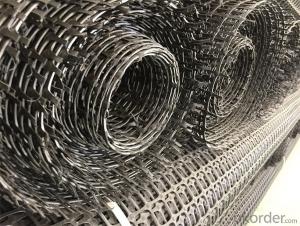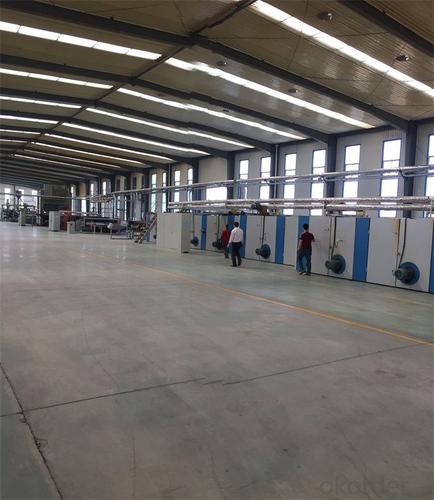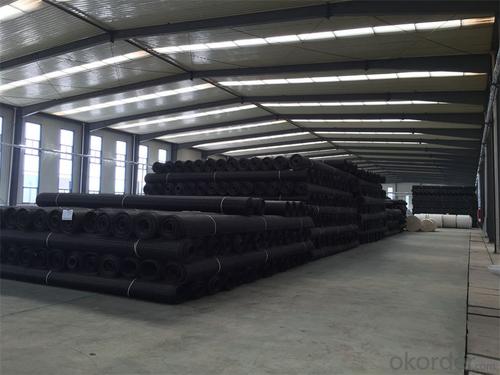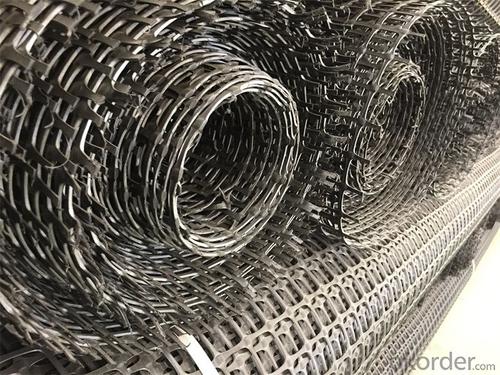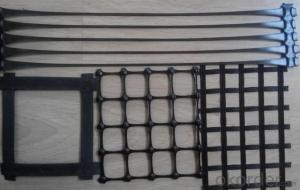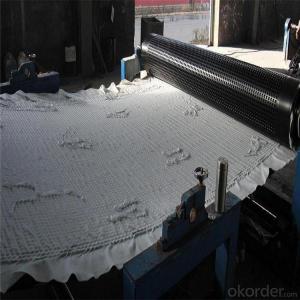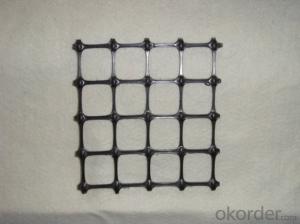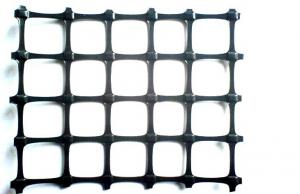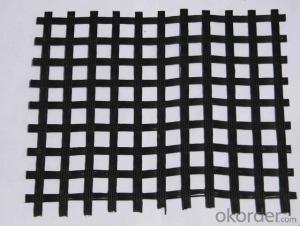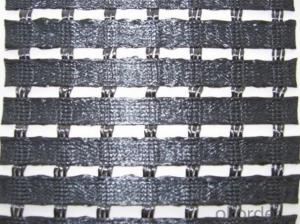HDPE Uniaxial Geogrid with High Tensile Strength Suitable for Different Market
- Loading Port:
- Tianjin
- Payment Terms:
- TT or LC
- Min Order Qty:
- 20000 m²
- Supply Capability:
- 50000000 m²/month
OKorder Service Pledge
OKorder Financial Service
You Might Also Like
HDPE Uniaxial Geogrid with High Tensile Strength Suitable for Different Market Specification:
Fiberglass geogrid is a kind of planar mesh material using fiberglass yarn as base body and then coated with high quality modified asphalt. It is warp knitted with oriental structure which gives full play of yarn strength and improves its mechanical property to make the product high tensile, tearing and creep-resistant. Moreover, the composite property of coating with asphalt makes full protection of the fiberglass matrix and greatly improves its wear and shear resistance. All the advantageous functions make the product have a good performance in pavement strengthening, track cracking and solving difficulties of strengthening the bituminous pavement.
HDPE Uniaxial Geogrid with High Tensile Strength Suitable for Different Market Feature:
1. Light weight, high tensile strength, high modulus, low elongation and good toughness.
2. Corrosion resistance, no long-term creep, long life span.
3. Good physical and chemical stability and good thermal stability.
4. Resistant to fatigue cracking, high-temperature track and low temperature shrinkage cracking.
5. Delaying and decreasing crack reflection.
Specifications | PET20-20 | PET30-30 | PET40-40 | PET50-50 | PET80-80 | PET100-100 | PET120-120 |
Elongation(%) | 10%~15% | ||||||
Vert Tensile strength(KN/m) | 20 | 30 | 40 | 50 | 80 | 100 | 120 |
Horiz Tensile strength(KN/m) | 20 | 30 | 40 | 50 | 80 | 100 | 120 |
Grid(mm) | 12.5×12.5 20×20 24.5×24.5 | ||||||
Width(m) | 1—6 | ||||||
HDPE Uniaxial Geogrid with High Tensile Strength Suitable for Different Market Application:
1. Road surface asphalt overlay construction engineering; Asphalt layers
reinforcement.
2. Converting old cement concrete road into composite road; Restraining
reflection cracking caused by block shrinkage.
3. Road extension; Preventing and controlling the cracking caused by new
and old combination and uneven settlement.
4. Treatment of the conjunction between tunnel and bridge or foundation.
HDPE Uniaxial Geogrid with High Tensile Strength Suitable for Different Market Packaging & Shipping:

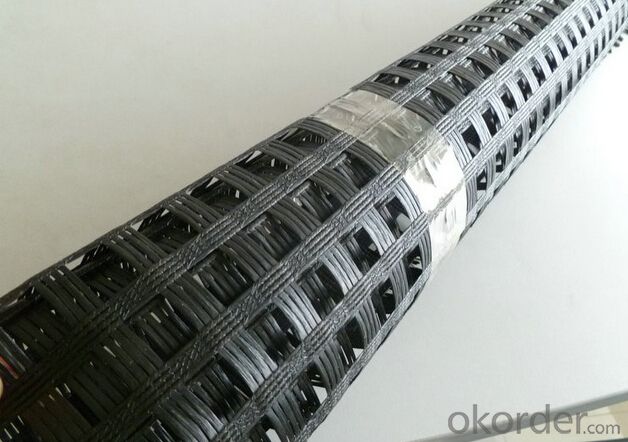
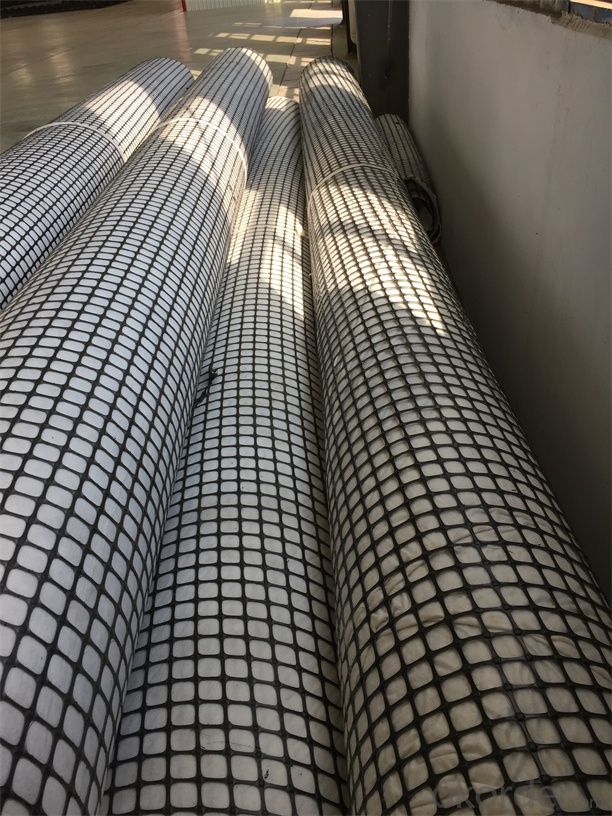
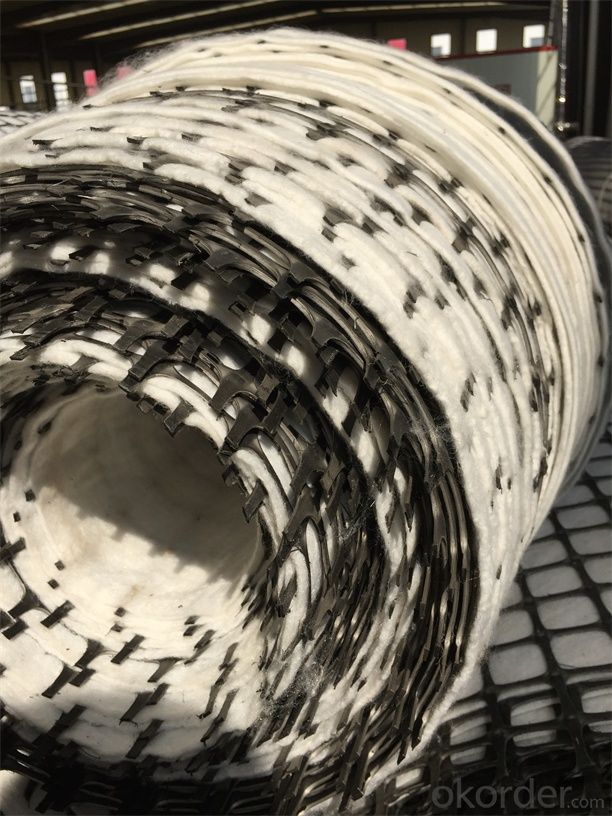

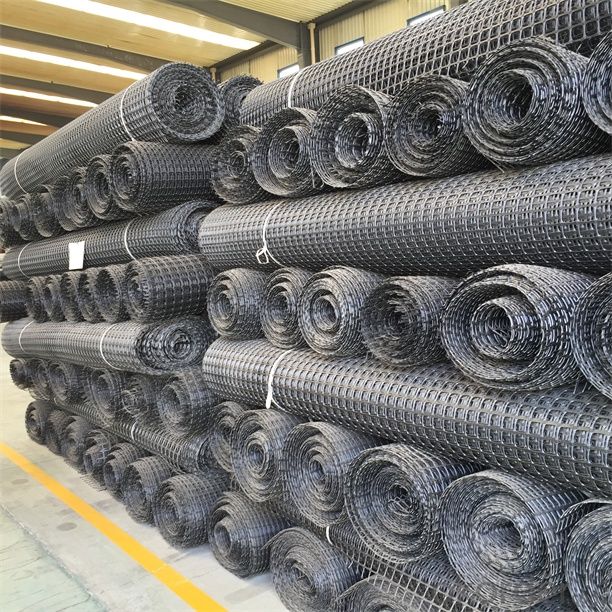
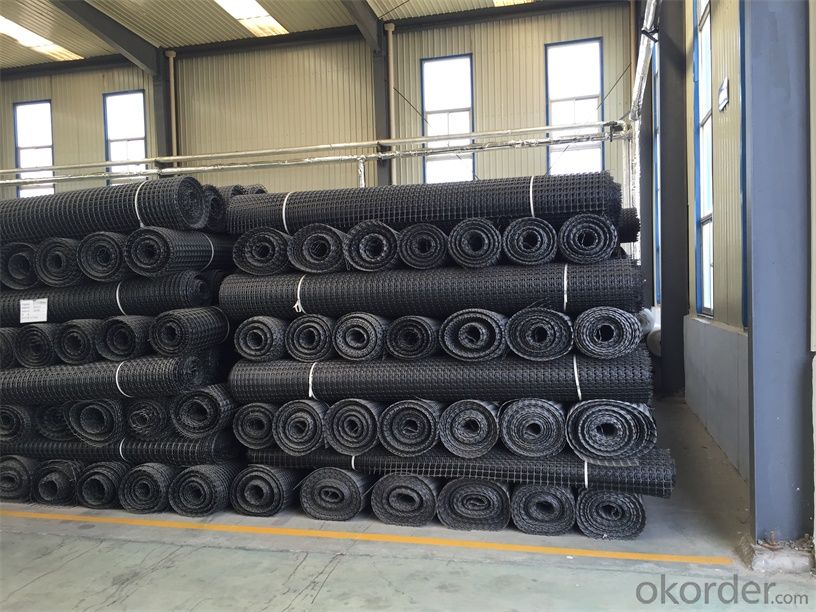


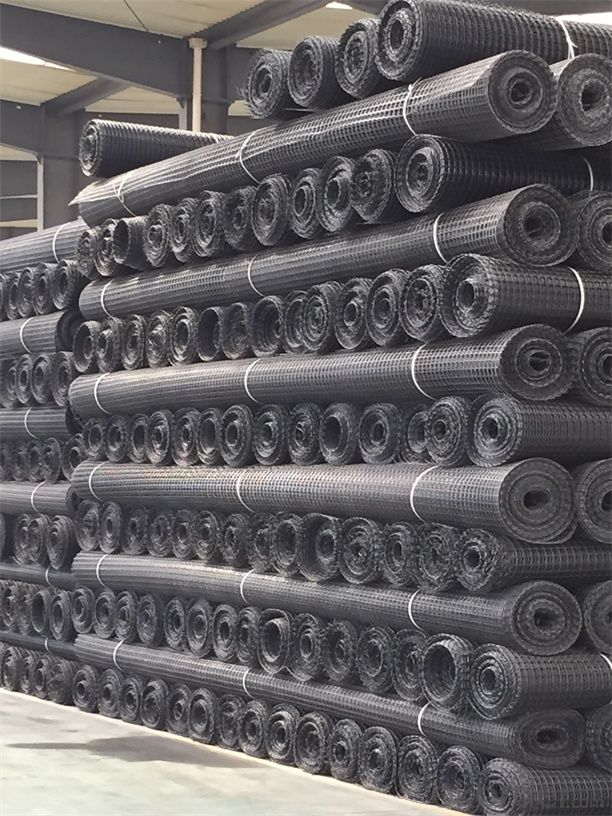
FAQ:
1. How to order your geogrid ?
a) Tensile strength in warp & weft direction
b) Grid size
c) Roll Width and length
d) Quantity
2. What is the Payment term?
a) TT
b) LC AT SIGHT
c) cash
d) 30% contact value as deposit ,the blance 70% be paid after received the copy of bl .
3. Delivery time
a) 19-25 days after received your depsit .
4. What is MQQ ?
a) 2500 m2 as MQQ , we can also produce sample for you .
Welcome to send your inquiry to us, and if you have any question, we can also help you.
- Q: How much is the geogrid return
- Please ask if you need help
- Q: Reinforced soil technology is embedded in the soil of geosynthetics, which in the soil into the steel line?
- The concept of reinforcement is very old.This is the oldest now can see Dujiangyan water if can find the concept of reinforcement.
- Q: Geogrid tgsg45-45 what does it mean
- Geogrid TGSG45-45, two-way plastic geogrid 45KN, I hope to help you.
- Q: Can geogrids be used in reinforcement of mechanically stabilized earth bridge piers?
- Yes, geogrids can be used in the reinforcement of mechanically stabilized earth bridge piers. Geogrids are commonly used in such applications to provide additional strength, stability, and load-bearing capacity to the soil, enhancing the performance and longevity of the bridge piers.
- Q: How do geogrids enhance the performance of geotextile tubes?
- Geogrids enhance the performance of geotextile tubes by providing additional strength, stability, and reinforcement to the structure. They help distribute and transfer the loads more efficiently, improving the overall stability and resistance to deformation of the geotextile tubes.
- Q: How do geogrids enhance the performance of mechanically stabilized earth walls?
- Geogrids enhance the performance of mechanically stabilized earth walls by providing reinforcement to the soil mass, increasing its overall tensile strength, and reducing lateral movement. This helps to prevent soil erosion, improve stability, and increase the load-bearing capacity of the wall, making it more resilient and durable.
- Q: Are geogrids suitable for reinforcing landfill liners?
- Yes, geogrids are suitable for reinforcing landfill liners. Geogrids are commonly used in landfill construction to enhance the stability and strength of liners, preventing soil erosion and improving overall performance. They provide additional reinforcement to the liner system, enhancing its durability and longevity. Geogrids also help to distribute loads and reduce settlement, ensuring the integrity of the landfill liner.
- Q: How is the installation of geogrids carried out?
- The installation of geogrids is typically carried out by first preparing the subgrade or soil surface. The area is then cleared of any debris or vegetation, and the soil is compacted to provide a stable foundation. Once the subgrade is ready, the geogrids are rolled out and placed on top of the soil. They are then secured using stakes, pins, or other fastening methods to prevent movement during installation. Finally, the geogrids are covered with additional layers of soil or aggregate material to create a stable and reinforced structure.
- Q: Where can I do three to the geogrid test?
- Currently did not find the corresponding three geogrid test specification, how to determine the direction of the three cells, how to load are not standardized
- Q: What is the typical geogrid roll weight for specific applications?
- The typical geogrid roll weight for specific applications can vary depending on the specific requirements and design considerations of the project. However, geogrid rolls used in common applications such as soil stabilization or retaining wall construction typically range from 20 to 100 pounds per roll.
Send your message to us
HDPE Uniaxial Geogrid with High Tensile Strength Suitable for Different Market
- Loading Port:
- Tianjin
- Payment Terms:
- TT or LC
- Min Order Qty:
- 20000 m²
- Supply Capability:
- 50000000 m²/month
OKorder Service Pledge
OKorder Financial Service
Similar products
Hot products
Hot Searches
Related keywords
